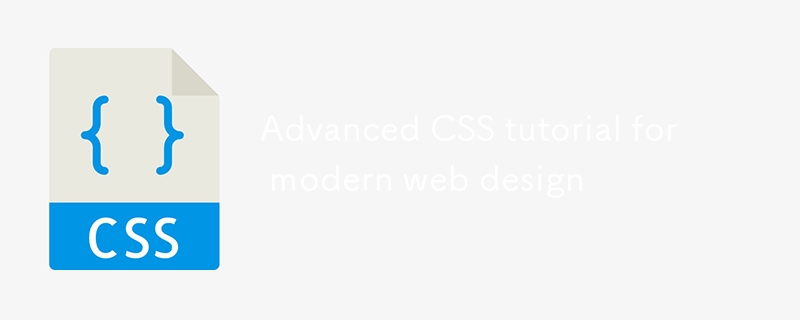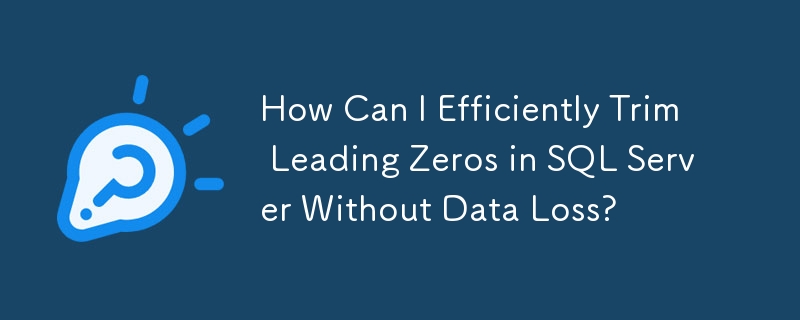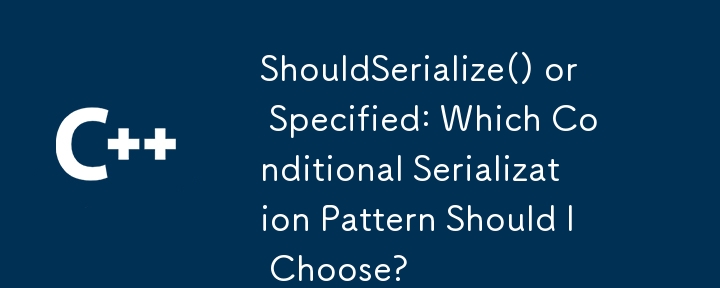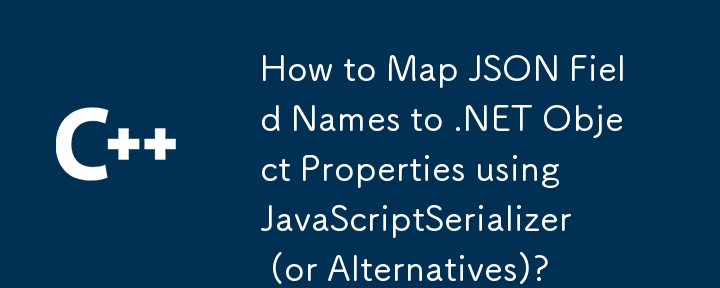Found a total of 10000 related content

Customizing H5 Video Player Controls and UX
Article Introduction:The H5 video player's control bar and user experience can improve flexibility and brand consistency through custom design. 1. The custom control bar needs to hide native controls, and use HTML CSS to build a UI, combining JavaScript to realize playback, pause, volume, progress and other functions. The basic components include playback/pause buttons, progress bars, time display, volume control and full-screen switching buttons. 2. The key points of improving interactive experience include optimizing the progress bar drag and click jump logic, using localStorage to save the volume state, and adapting to the full-screen mode style. 3. Mobile optimization should be muted by default and provide an unmute button, ensure that the operation area is large enough, design advanced interaction reasonably, avoid overlaying too much floating layer, and add webk
2025-07-16
comment 0
312

What are CSS transitions
Article Introduction:CSS transitions enable switching between CSS attribute values ??through smooth animations, which are suitable for user interaction scenarios such as button hovering effects, menu expansion and collapse. Common usages include button closure effect, drop-down menu gradient, background color gradient, image transparency or zoom changes. The basic syntax is a transition: attribute duration time sequence function, which can specify a single or multiple attributes, or all can be used to represent all attributes, but it should be used with caution. Timing functions such as ease, linear, and ease-in-out control the animation speed curve, and can also be customized by cubic-bezier. It is recommended to prioritize opacity and transform for better performance, combined with @media(prefers-
2025-07-01
comment 0
309

How to create a responsive navigation bar with a hamburger menu using HTML?
Article Introduction:The key to making a responsive navigation bar is to realize the collapse function of the menu on the small screen. The core steps include: 1. Building an HTML structure, including containers, logos, links and hidden hamburger buttons; 2. Using CSS media to query and control styles under different screen sizes, hiding the menu on the mobile terminal and displaying the hamburger buttons; 3. Using JS to realize the interactive logic of click expansion and collapse. Specifically: the navigation items are displayed in HTML.nav-links, and the .hamburger button is hidden by default; the menu is set in CSS to absolutely position and hide the menu, and the hamburger button is displayed; JS controls the menu expansion and collapse by switching the .active class to ensure smooth interaction.
2025-07-05
comment 0
381

Advanced CSS tutorial for modern web design
Article Introduction:The key to mastering modern CSS design is layout, responsiveness, and maintainability. 1. Use CSSGrid and Flexbox to combine layout. Grid is suitable for two-dimensional structures such as the entire page, and Flexbox is suitable for one-dimensional arrangements such as button groups; 2. Use CSS variables to achieve theme switching, define color variables and dynamic switching with JavaScript; 3. Mobile priority and handle responsive details, adopt relative units, picture srcset attributes and centralized media queries; 4. Improve maintainability, use BEM and other naming specifications, split modules, control nesting levels, and separate components and layout styles. These combinations of techniques can significantly improve code quality.
2025-07-01
comment 0
941

Understanding Frontend Build Processes
Article Introduction:The front-end construction process is a process of converting development code into an efficient browser running form, including code compilation, module packaging, resource optimization, and version control. Common processes include: 1. Code compilation such as TypeScript to JS; 2. Module packaging and merging files; 3. Compressing JS, CSS, and image optimization; 4. Automatic hash to prevent cache. Mainstream tools such as Webpack and Vite each have their own focus, and their configuration includes entry, output, loader, and plug-ins. Build a separate development and production model. The former is hot update without compression, while the latter is compressed with TreeShaking. Common problems include module path errors, package size is too large, syntax support and image processing problems. Debugging can pass error message, dist structure checking, and sourc
2025-07-23
comment 0
892

How to use HTML templates
Article Introduction:The key to using HTML templates is to understand the structure and modify the key points. First, understand that the template consists of index.html, CSS, JS files and picture folders. Checking the code structure helps position the modification area; second, when replacing the content, find the correct position, including title, paragraph, link, image path, etc., and pay attention to the consistency of the resource directory; then adjust the style by modifying the CSS class name or attribute, and realize style switching without rewriting the code; finally, test the web page function and check whether the link jump, image loading, form submission and mobile display are normal, and ensure that there are no path errors or label omissions before going online to deploy.
2025-07-07
comment 0
984

Implementing Responsive Images using HTML Picture Element
Article Introduction:Elements are a native way to implement responsive images in HTML5. It allows the most appropriate image resources to be loaded according to factors such as the screen size, resolution, and direction of the device. Define multiple image sources and their corresponding media query conditions through tags. The browser will match and load pictures that meet the conditions in order, and finally use the tag as the default fallback. For example: when the device width is greater than or equal to 1024px, medium.jpg is loaded between 768 and 1023px, small.jpg is loaded if the device width is greater than or equal to 1024px. Compared with srcset, it provides more refined control capabilities, such as adapting to Retina screens, horizontal and vertical screen switching, completely different picture content, etc. Media checks should be set reasonably when using
2025-07-10
comment 0
452

Frontend Development with WebAssembly for CPU-Intensive Tasks
Article Introduction:WebAssembly (WASM) is a binary format that runs in a browser, suitable for CPU-intensive tasks. The reasons include: 1. Fast execution speed and close to native code; 2. Supports multiple system-level languages such as Rust and C; 3. Runs in a secure sandbox; 4. Cross-platform compatibility. The key steps to integrate WASM into front-end projects are: 1. Select toolchains such as Rust and wasm-pack; 2. Write and export Rust functions; 3. Compile into .wasm files; 4. Load and call them on the front-end. Applicable scenarios include pure computing tasks such as image processing, encryption, data compression, etc., and the performance can be 5 to 10 times higher than JS. However, tasks such as DOM operations that rely on browser APIs should still use JS
2025-07-19
comment 0
449

H5 WebAssembly for Game Engine Ports
Article Introduction:H5WebAssembly makes porting game engines to the web page efficient and practical because their performance is close to native and can interact seamlessly with JavaScript. Its core advantages include high execution efficiency, fine memory control, and cross-platform compatibility; better performance than asm.js, supports reuse of C/C code bases, and simple deployment without plug-ins. Common challenges in porting are: 1. The graphics API does not support WebGL/WebGPU, and use it instead; 2. The file system is restricted and requires a virtual file system or IndexedDB; 3. The thread support is unstable and needs to be handled with caution; 4. Audio and input events need to be bridged through JS. The recommended steps to start the porting are: 1. Use the Emscripten toolchain; 2. Verify from small modules
2025-07-17
comment 0
693


Dave The Diver: How To Catch Spider Crabs
Article Introduction:In Dave The Diver, there are some creatures that are not easy to catch. Or, catch alive that is. The spider crab is one of those very species, making it seem like the only way to bring these crustaceans back up to land is to viciously crack them up w
2025-01-10
comment 0
828

Prepare for Interview Like a Pro with Interview Questions CLI
Article Introduction:Prepare for Interview Like a Pro with Interview Questions CLI
What is the Interview Questions CLI?
The Interview Questions CLI is a command-line tool designed for JavaScript learners and developers who want to enhance their interview
2025-01-10
comment 0
1454

Soft Deletes in Databases: To Use or Not to Use?
Article Introduction:Soft Deletes: A Question of DesignThe topic of soft deletes, a mechanism that "flags" records as deleted instead of physically removing them, has...
2025-01-10
comment 0
1060



















